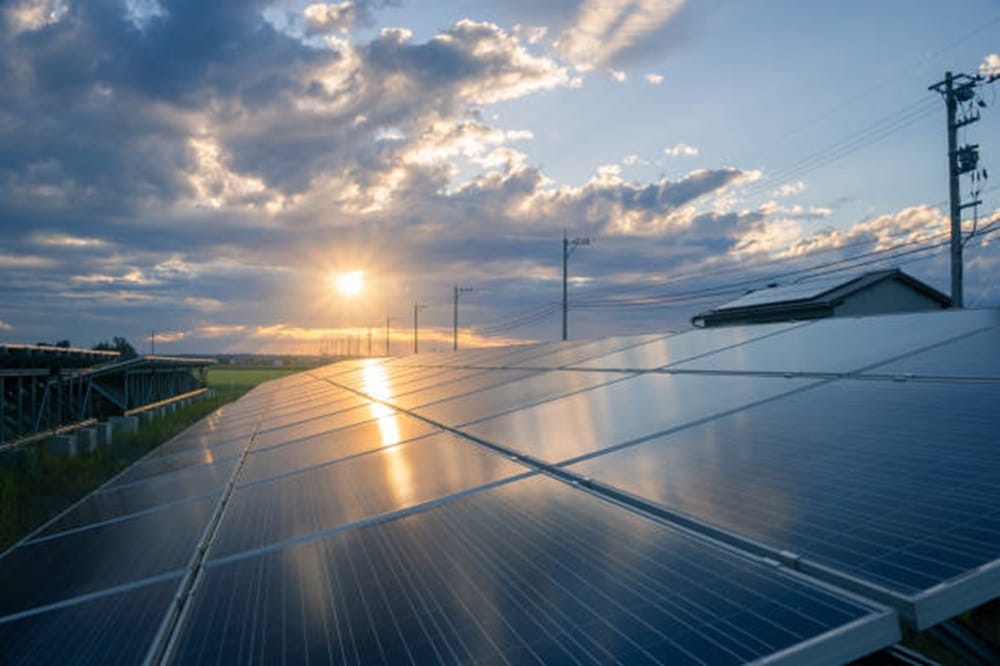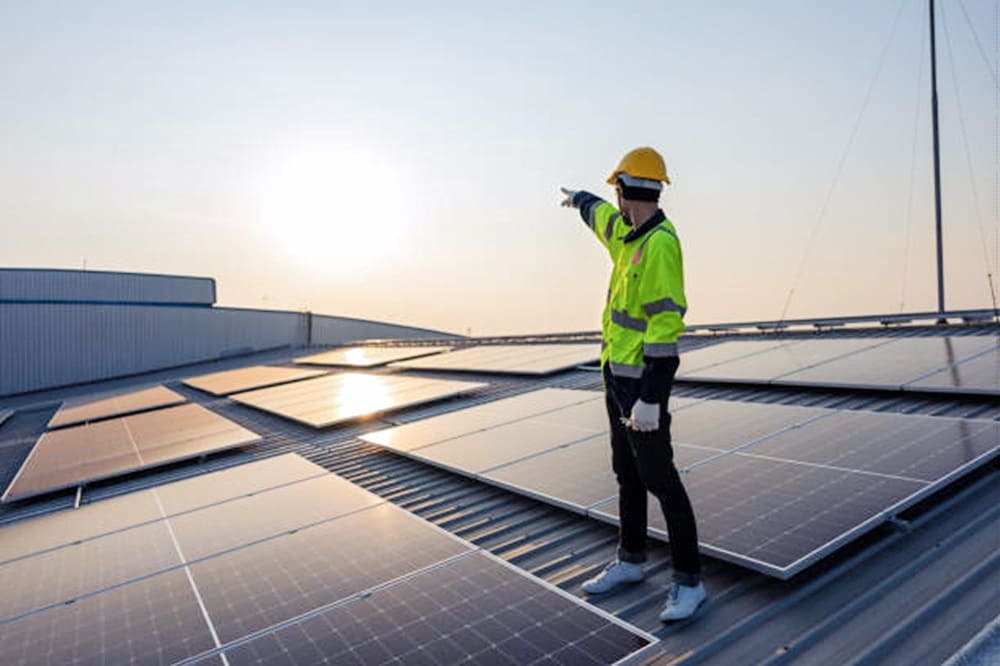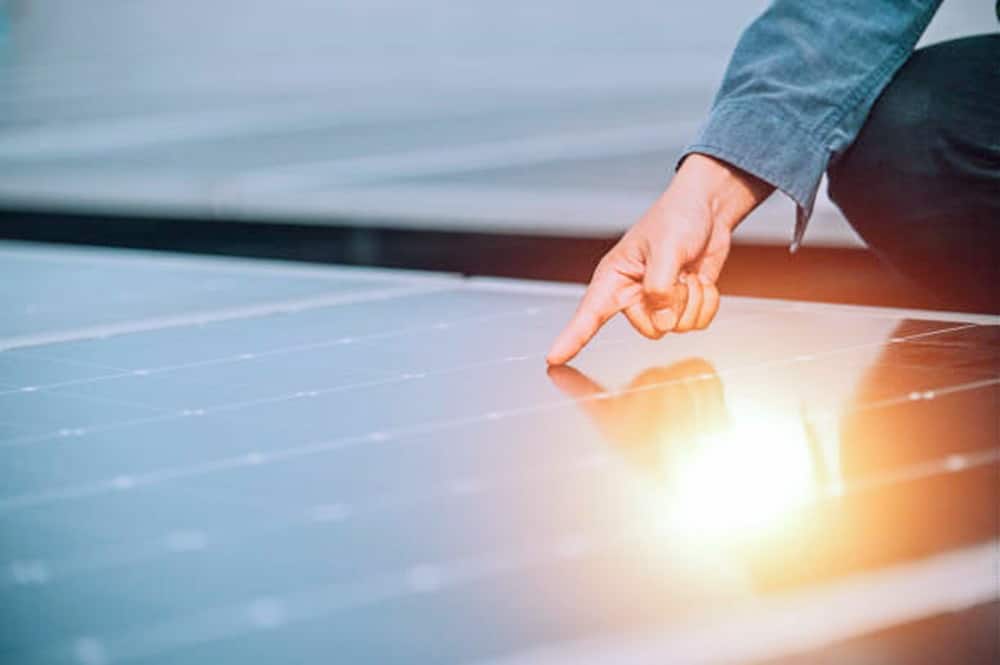Australia, bathed in golden sunshine, seems tailor-made for solar energy. But before you get swept away by the solar revolution, there’s a crucial concept to understand: peak sun hours for solar panels.
This seemingly simple term is key to unlocking your solar system’s potential, impacting everything from panel efficiency to cost-effectiveness. So, let’s dive into the heart of peak sun hours for Australian solar.
Ready to upgrade your solar panels and take your energy savings to the next level? Embrace the energy efficiency revolution by upgrading your solar panels, battery or solar inverters with Energy Matters.
With our 3 free solar quotes, you can compare plans from pre-qualified and vetted installers in your area and find the perfect solution for your home and business. Harness the sun’s power and save money on electricity bills while reducing environmental impact. Let Energy Matters guide you towards a brighter, more sustainable future.
What are peak sun hours?
Peak sun hours refer to the period during the day when solar panels receive the highest amount of direct sunlight. This translates to the most efficient energy production for your system. In Australia, peak sun hours typically occur between 10 am and 3 pm, although this can vary depending on several factors:
- Latitude: Northern regions generally experience longer peak sun hours than southern regions. Read more about Installing Solar: Does the Orientation of My Roof Matter?
- Season: Summer boasts the most daylight and peak sun hours, while winter sees the least.
- Cloud cover: Even the sunniest regions experience occasional cloud cover, impacting peak sun hours.
- Local shading: Buildings, trees, and other obstructions can significantly shade your panels, reducing their peak sun hours.
Imagine a perfect day with clear skies and the sun blazing at its brightest. A peak sun hour is any hour during that day when the average sunlight intensity reaches 1,000 watts per square meter.
Are you tired of being the last to know about renewable energy updates? Did you miss out on a state rebate or incentive? Looking to find out more about how you can save on your utility bills? Subscribe to Energy Matters’ weekly newsletter and keep updated with Australian and international news, incentives, and offers.
Why are peak sun hours important?
Understanding peak sun hours in your location is vital for several reasons:
Sizing your solar system
The number of peak sun hours dictates the size and capacity of your solar panels needed to meet your energy demands. More hours translate to higher potential energy generation, allowing for smaller panels or a surplus for storage or grid export. Read more about Solar Panel Sizes, Dimensions And Wattage.
Estimating energy production
Knowing your peak sun hours allows you to estimate your solar system’s energy output. This helps you budget for your electricity needs and understand the potential return on investment.
Choosing the right location
If you’re building a new home or planning a solar installation, prioritising areas with high peak sun hours can significantly boost your energy generation.

When are peak sun hours across Australia?
The good news is Australia enjoys a diverse range of peak sun hours across its vast landscape. Here’s a general overview:
- Northern Territories & Queensland: Enjoy the most sunshine, with peak sun hours exceeding 6 hours per day in summer.
- Western Australia: Receives around 5-6 peak sun hours in summer, dropping to 4-5 hours in winter.
- South Australia & New South Wales: Experience 4-5 peak sun hours in summer and 3-4 hours in winter.
- Victoria & Tasmania: Have the least sunshine, with peak sun hours around 3-4 hours in summer and 2-3 hours in winter.
Peak sun hours in Australia vary significantly across seasons
- Summer (December-February): Expect the most extended peak sun hours, typically 6 to 8 hours daily.
- Autumn (March-May): Peak sun hours decrease slightly, averaging around 5 to 7 hours daily.
- Winter (June-August): The shortest peak sun hours occur, averaging 4 to 5 hours daily.
- Spring (September-November): Peak sun hours gradually increase, reaching 5 to 6 hours daily.
What are Peak Sun Hours for Solar Panels
- Track peak sun hours in your area.
- Tilt and orient panels for optimal sunlight capture.
- Monitor your system’s performance and adjust panel tilt if needed.
- Invest in solar battery storage to utilise excess energy during non-peak hours.
Remember: Peak sun hours are just one factor influencing solar panel efficiency. Other considerations include panel type, system size, and inverter efficiency. A qualified solar installer can help you design a system that optimises energy production for your specific location and needs.
Off-peak: Beyond the peak
While peak sun hours are important, remember that solar panels still generate electricity outside these times. So, your panels will contribute to your energy needs, even on cloudy days or during winter. Read more about Do Solar Panels Work on Cloudy Days and at Night?
By understanding and strategically leveraging peak sun hours, you can optimise your solar panel system for maximum efficiency and reap the full benefits of Australia’s abundant sunshine. Remember, every kilowatt-hour of solar energy you generate is a step towards a cleaner, more sustainable future for yourself and the planet.
Read more about off-peak hours in Australia
- Top 5 Off-Peak Electricity Providers in Australia
- Off Peak Electricity Times In NSW
- Residential Electricity Demand Charges – What You Need To Know
- Reducing Commercial Electricity Demand Charges
Making the most of your sunshine
Understanding peak sun hours empowers you to make informed decisions about your solar system. Here are some tips:
- Consult a solar installer: They can assess your location and your needs to recommend the optimal system size and orientation.
- Use online resources: Several websites and tools provide detailed solar radiation data for various locations in Australia.
- Consider shade: Analyse potential shading throughout the day to ensure your panels receive optimal sunlight.
- Invest in monitoring: Track your system’s energy production and adjust your usage patterns to maximise efficiency.

Additional tips:
- Consider shading from nearby trees or buildings when planning panel placement.
- Regularly clean your solar panels to ensure optimal sunlight absorption.
- Research government incentives and rebates for solar installations in your state.
By understanding and utilising peak sun hours, you can harness the power of Australia’s sunshine to generate clean, renewable energy for your home or business. So, embrace the sunshine, harness its power, and let your solar panels work their magic during peak sun hours and beyond!
I hope this comprehensive article provides valuable insights into peak sun hours for solar panels in Australia.
Remember, knowledge is power, and by understanding your local solar resource, you can make informed decisions to maximise your solar energy production and enjoy the many benefits of clean, renewable energy.
Looking to save extra with solar and battery storage?
Looking to save extra with your Sungrow, GoodWe or Tesla Powerwall 2 installed solar battery*? Origin and Energy Matters have teamed up to provide customers with an additional way to save and make money!
Join Origin Loop VPP as an Origin electricity customer and earn a $400 bonus! Earn $1/kWh during peak demand by letting them draw on your battery-stored solar energy.
You’ll also enjoy a 13 c/kWh feed-in tariff^ and enjoy full transparency through the Origin app. No lock-ins; leave anytime, and your yearly energy export is capped at 200kWh. Win-win for you and the grid!
If you already have solar and a battery*, then sign up today! If you don’t, get up to 3 obligation-free quotes by getting in touch with us right away.
*Your battery must be eligible to participate. | ^Feed-in tariff rates are subject to change at any time. All FIT amounts include GST where applicable.












































